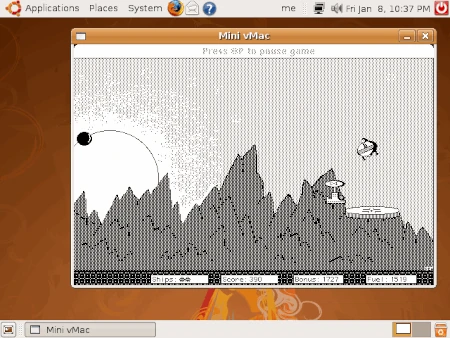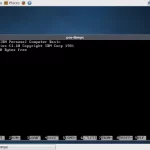Last Updated on: 3rd January 2024, 04:28 pm
Web site: www.gryphel.com/c/minivmac/
Category: Machine Emulators
Platform: Linux, OS X, Windows, BSD, OpenIndiana
License: GNU GPL
Interface: GUI
Wikipedia: vMac
First release: March 2010
Mini vMac – an emulator collection which allows modern computers to run software made for early Macintosh computers, the computers that Apple sold from 1984 to 1996 based upon Motorola’s 680×0 microprocessors. Mini vMac is part of the Gryphel Project. Mini vMac is a vMac’s spinoff, an open source emulator for Mac OS on Windows, DOS, OS/2, NeXTSTEP, Linux, Unix, and other platforms.
A standard variation lets you emulate a Macintosh Plus on OS X, Windows, Linux, and many others.
Mini vMac began in 2001 as a spin off of the program vMac. It was originally intended to be of limited interest, a simpler version to serve as a programmers introduction to vMac. But vMac hasn’t been updated in many years, so Mini vMac may now be considered its continuation.
The “Mini” in the name now means that each emulator in the collection is as small and simple as possible. The meta program and data that generate the emulators (the Mini vMac build system) are rather bigger. Besides the Macintosh Plus, there are also emulations of the Macintosh 128K, 512K, 512Ke, SE, Classic, and SE FDHD. Work is in progress on Macintosh II emulation. There are also numerous other options.
Mini vMac requires a ROM image file to run, and so can be legally used only by those who own a 680×0 based Macintosh. This leads to the question, if you need to own the real computer to use it, what is the use of the emulator? First, a real Macintosh won’t last forever. It is common for the power supply to fail. It is still legal to use the emulation after the real computer breaks. And second, the emulation is more convenient than the real thing. It is much faster (on modern computers) and you can use a better screen, keyboard, and mouse. And it is easier to transfer files between the modern computer and the emulator.





